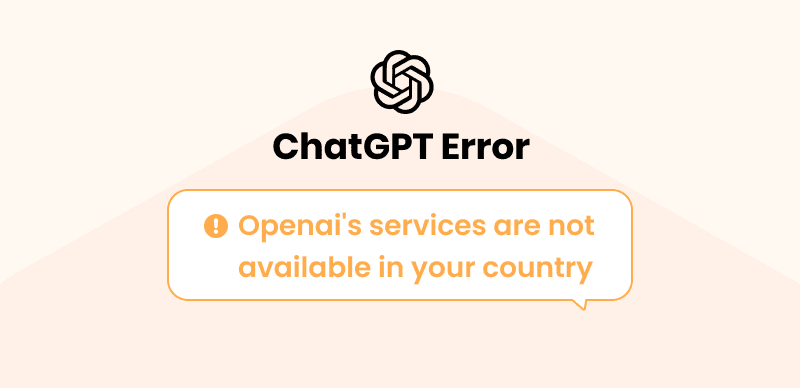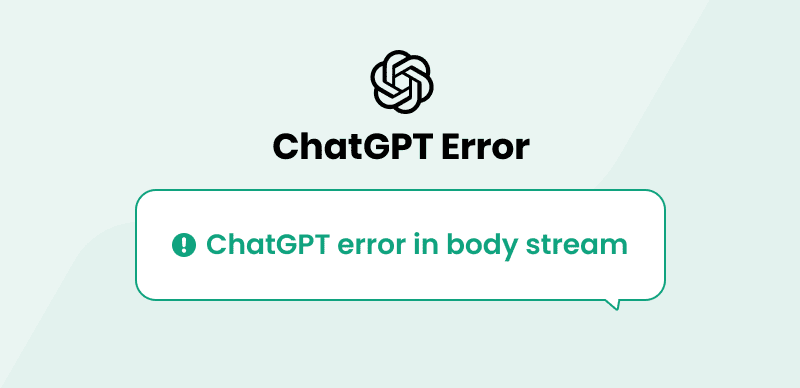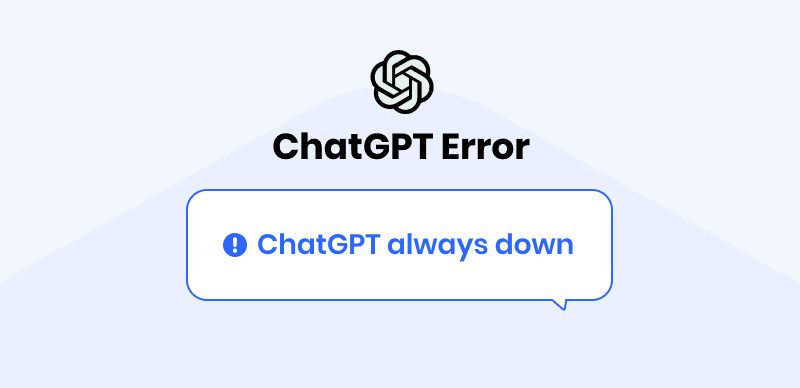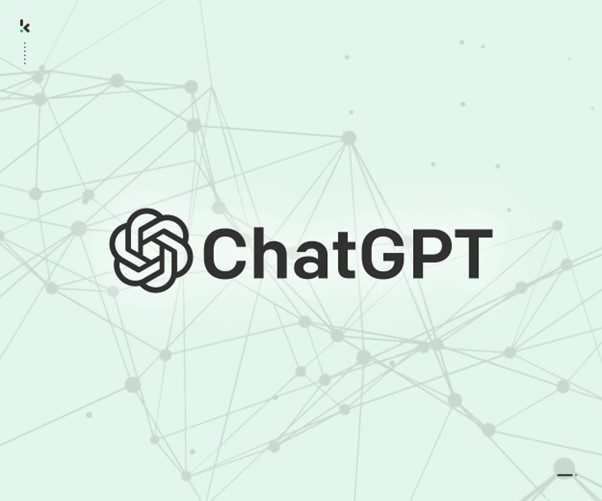
What Is ChatGPT
Chatbots based on deep machine learning can mimic the human conversational ability to an astonishing degree and are quite useful for retrieving information, formulating passages of text, writing functional computer code, and assisting with creative or administrative tasks.
Jasper and ChatGPT are among the handful of the most promising products that leverage AI technology to deliver natural language understanding and instant text creation. Both of those apps have some unique features and functionalities that are immensely valuable for the users, and there is a debate in the online channels regarding which platform is the most powerful. This article will try to answer this question once and for all.
Also Read: Poe vs. ChatGPT >
What is ChatGPT?
While it certainly wasn’t the first smart bot to appear on the market, ChatGPT completely redefined expectations for conversational AI when it was publically launched in 2022. This bot is powered by a language model that comprises billions of neurons, and it was trained on a huge corpus of general information available from the internet. As a result, it is capable of maintaining a logical conversation and providing insights and expertise about lots of different topics.
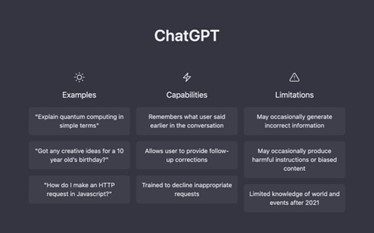
ChatGPT Homepage Overview
Interacting with ChatGPT feels very natural, and is quite similar to chatting with another human. Organic flow of communication and broad field of expertise are great strengths of this software, but unfortunately at this point, it’s not completely reliable when replicating exact information. The algorithm sometimes fabricates facts (so-called ‘hallucinations) and mixes them up with real information. This annoying habit is an important reminder that the method behind the chatbot is inherently stochastic and that any semblance of semantic understanding is just an illusion.
Despite such limitations, ChatGPT can be extremely useful in many scenarios and is increasingly used in a professional context. In addition to conversational role, it is frequently used instead of Google to search for explanations or tasked with generating custom texts for commercial use. Since it’s available for regular users for free and its API can be leveraged to build other applications, it can fully be expected that ChatGPT will become a foundation of a smarter digital ecosystem in the near future.
What is Jasper?
As an AI-based copywriting tool of the latest generation, Jasper has drawn a lot of attention for its ability to craft grammatically correct and semantically coherent chunks of text based on natural language prompts from users. It runs on the same deep learning model as ChatGPT, which explains its incredible capacity to process text, but it has a better-defined field of applications and is geared more towards professional use i.e. in the marketing or translation niches.
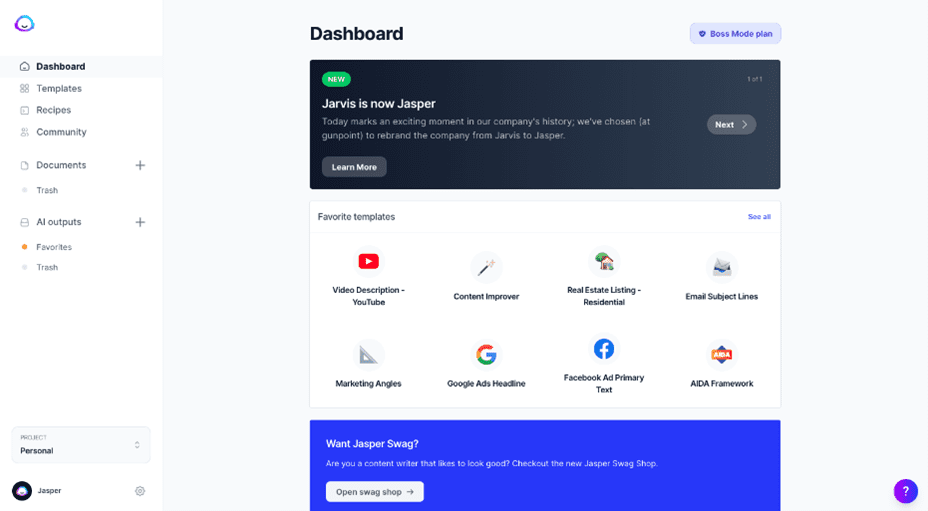
Jasper Interface
Among other modes of deployment, Jasper can be accessed in the form of a chat window and asked about any topic. However, the model can been fine-tuned for several other applications, for example to writing brand copy in a specific style or create headlines for a Google Ads campaign. This tool can also generate images based on textual prompts, adding to its versatility and creating additional value for organizations that use multimedia a lot.
Jasper can be customized by exposing it to specific knowledge and documentation relevant for the user, thus enabling it to answer questions and generate content like an experienced employee. This kind of flexibility ensures that the product will continue to evolve in line with customer’s needs while it also positively affects its market appeal.
Comparing Features and Capabilities of Jasper & ChatGPT
Any comparison of Jasper vs. ChatGPT must start from the fact that both software products are based on the Generative Pre-trained Transformer (GPT) machine learning model. Since the core AI model is the same, both Jasper and Chat GPT display similar level of performance with text-based content in many languages. The main difference is the level of specialization – while ChatGPT is designed to be a generalist solution that can perform different functions without modifications, Jasper is an example of the opposite approach where several specialized tools are developed on top of the core algorithm.
With this in mind, it’s fair to say that most of the capabilities of ChatGPT are closely matched by Jasper Chat and other tools from this package. The level of accuracy on general queries is about the same, although Jasper may perform better on topics for which it received additional training. Both tools are perfectly capable of understanding prompts written in informal style, and ready to generate responses that follow detailed stylistic instructions.
On the flip side, similarities between Jasper and ChatGPT are also apparent when it comes to their shortcomings. Neither software can be fully trusted to return completely accurate facts, especially those pertaining to real people or historical events. They shouldn’t be used as a source for quotes and must be thoroughly fact-checked whenever they are used to generate longer or more complex passages of text.
Pros and Cons of Jasper and ChatGPT
Deciding whether to use Jasper or ChatGPT requires full awareness of each software’s purpose and functionality, as well as a careful analysis of the user’s objectives. Here is a brief overview of the advantages of each choice:
Reasons to choose Jasper:
- Well-rounded AI solution for businesses
- Optimized for marketing copy and other specific skills
- Includes several specialized tools (chat, translation service, copywriting help…)
- Can be additionally trained with institutional knowledge
- Deployable as a web-browser extensyion
Reasons to adopt ChatGPT:
- Available online for free
- Extremely simple to use by anyone
- Capable of generating long-form text
- Broadly trained and knowledgeable about many topics
- Prevents generation of harmful content
Unfortunately, both of these platforms have some weaknesses, which are mostly similar in both cases.
Limitations of ChatGPT and Jasper
- Intensive need for large training samples and vast processing power
- Tendency to fabricate information and present it as facts
- Inability to comment on any events that occurred after the training was completed
- Reliance on linguistic patterns that can be detected
FAQs about AI Chatbot Platforms
Is the text written by generative AI tools like ChatGPT and Jasper plagiarized from someone?
As opposed to earlier writing assistants, AI tools based on the GPT model (including both Jasper and ChatGPT) generate original text that can’t be found elsewhere in that exact form. As such, they easily pass the plagiarism check, but text created by these software tools can still be detected.
Which deep learning strategy was used to design and train ChatGPT and Jasper?
At the core of both ChatGPT and Jasper is the Transformer neural network architecture, which relies on the self-attention mechanism to analyze the relationships between tokens. The model is trained on a selected linguistic task, and it displays an impressive generalization ability that lets it perform well even on tasks it wasn’t specifically trained for.
Do ChatGPT and Jasper become more accurate by interacting with human users?
The issue with AI models presenting inaccurate information can be partially remedied through massive use, which is why they slowly become more reliable as more and more humans are interacting with them and correcting their erroneous insights. However, the models remain fundamentally prone to factual mistakes due to the way they process information.
Final Thoughts
Chat bots that are based on the GPT model are more powerful and human-like in their interactions with users than any software we’ve seen before. This explains the sudden explosion of interest for products from this class and practically ensures that applications like ChatGPT and Jasper will continue to improve. The output of these two tools is relatively similar, so if you are wondering which one would work better for you it’s best to try them both and get a taste of what they can do.

